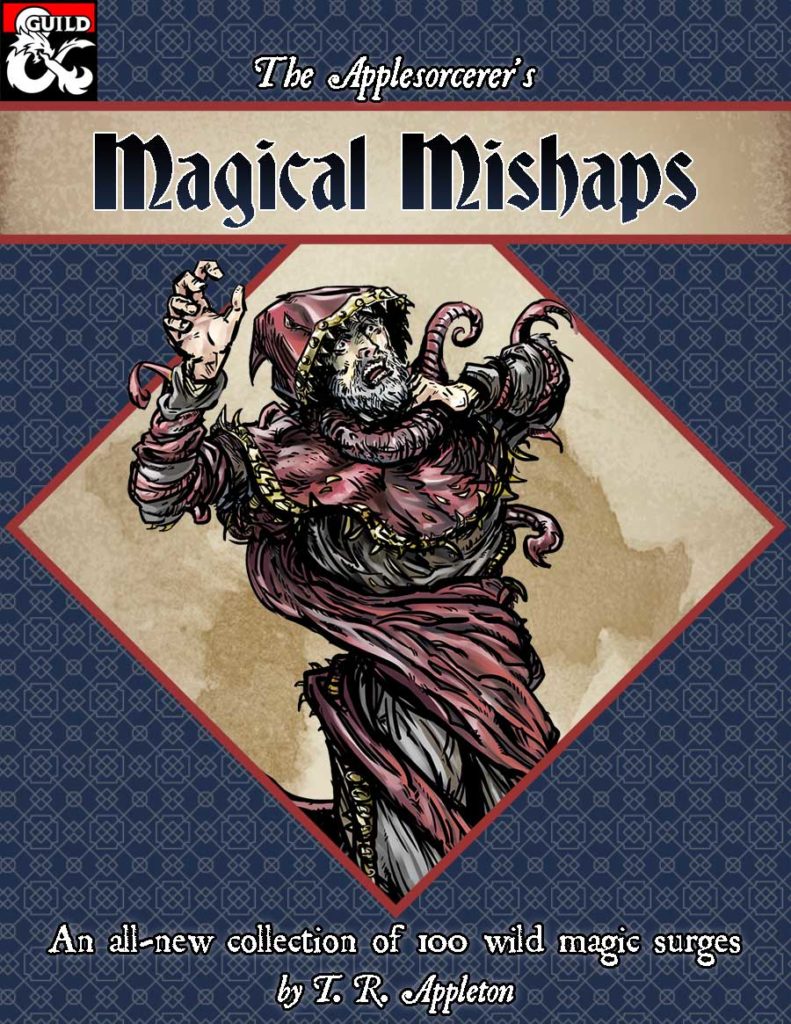I’ve never been a min-maxer. There’s nothing wrong with that style of play, but personally, I find it inherently less interesting than playing “sub-optimal” characters. In fact, I’m such a big fan of low ability scores that I’ve ported over a score generation method from 2e: Rolling a flat 3d6 for each score.
Philosophy around ability scores seems to have really changed since the TSR days. The Second Edition PHB introduces the idea like so:
Suppose you decide to name your character “Rath” and you rolled the following ability scores for him:
Strength 8
Dexterity 14
Constitution 13
Intelligence 13
Wisdom 7
Charisma 6Rath has strengths and weaknesses, but it is up to you to interpret what those numbers mean.
An 8, a 7, and a 6?! With nothing higher than a 14?! It’s hard to imagine a player being happy with that spread today.
But it’s also hard to imagine that even happening, it’s so statistically unlikely. By Third Edition, “Roll 4d6, drop the lowest” had become the standard method for generating ability scores. This method is most likely to produce scores of 12 and 13, with every character having a decent shot of rolling at least one 15 or 16. Scores lower than 8 are practically impossible.
But on top of this, your ability scores are only going to go up from here — some of them as soon as right now! Racial ability score penalties are no longer a thing (unless you’re the rare player creating a kobold character, or the like), and you get an ASI every four levels. Low ability scores are simply not a threat in D&D 5e.
So why does it matter? Well, the 2e PHB continues in that same chapter:
Obviously, Rath’s ability scores (often called “stats”) are not the greatest in the world. Yet it is possible to turn these “disappointing” stats into a character who is both interesting and fun to play. Too often players become obsessed with “good” stats. These players immediately give up on a character if he doesn’t have a majority of above-average scores. There are even those who feel a character is hopeless if he does not have at least one ability score of 17 or higher! Needless to say, these players would never consider playing a character with an ability score of 6 or 7.
In truth, Rath’s survivability has a lot less to do with his ability scores than with your desire to role-play him. If you give up on him, of course he won’t survive!
This is every bit as true today as it was in 1983. It’s sort of the player’s corollary to Tucker’s Kobolds — if you play smart, you won’t be hampered by a few weaknesses.
Furthermore, as Zee Bashew points out in this great video, this game is a group activity! If your rogue has an Int score of 6, that gives your party’s wizard an opportunity to shine outside of merely casting fireball yet again.
I had my current group roll 3d6 for their ability scores when we started out. I lucked out, because they were all game for it without any convincing on my part. They’re currently around level 4, and you know what? There are already a couple characters whose primary stat has hit 18. But everyone also has an Achilles heel, and that’s allowed for some more fun moments than if every score were an 11. Facing off against aberrations, for instance, the characters who dumped their Wisdom score are more likely to be afflicted with fear, so the party’s druid really needs to step up his game.
If you want to get even more hardcore with it, I think it can be fun to insist that your first ability score roll is your Strength score, your second roll is Dex, etc. It’s a pretty fun way to organically see who your character will be, rather than arriving at Session Zero with a preconceived notion of who you’ll be playing. But hey, only one radically resurrected old-school idea for today.

